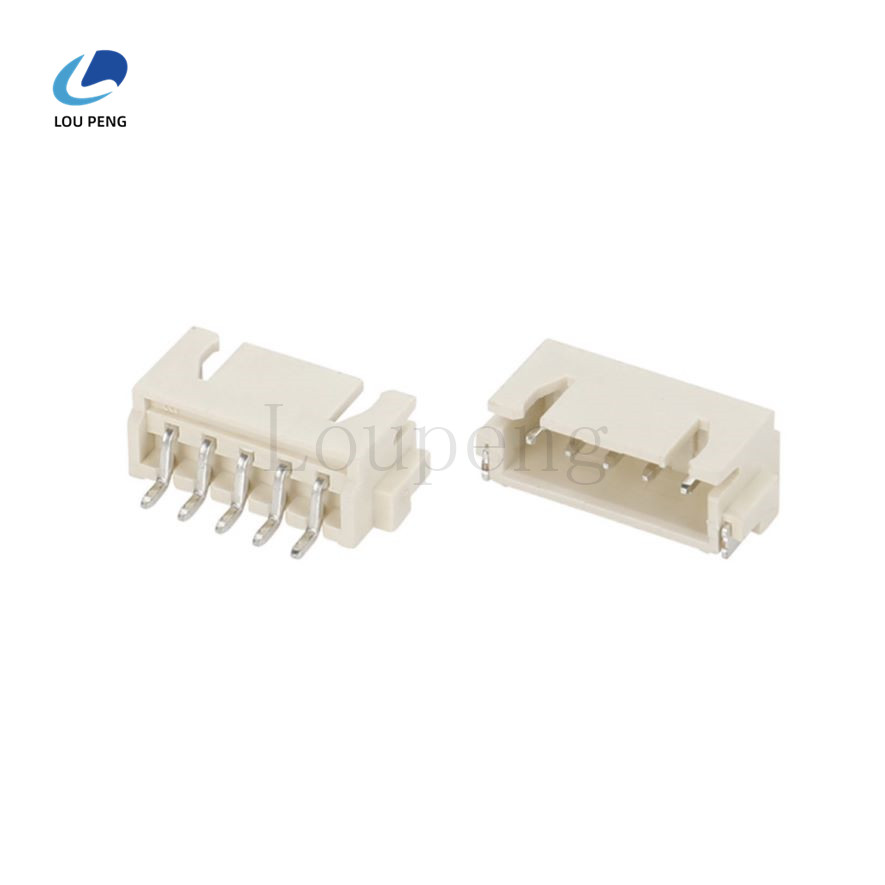Customize the performance indicators of electronic connectors for inverters!
The inverter is an important component of modern electronic equipment. Its function is to convert DC power into AC power for use by the equipment. The electronic connector is one of the key components in the inverter. Its performance index has an important impact on the operation of the inverter and the stability of the equipment. This article will explore the performance index of customized electronic connectors for inverters.

一. Electrical performance:
Electrical performance is one of the main performance indicators of electronic connectors. For customized connectors for inverters, it mainly includes resistance, capacitance and inductance.
1. Resistance: The resistance value of the connector should be as low as possible to ensure the smooth passage of current. At the same time, excessive resistance value will cause the equipment to heat up and affect its stable operation.
2. Capacitance: The connector should have an appropriate capacitance value to reduce interference between power supply and signal. Too low capacitance value will lead to increased interference, while too high capacitance value may cause signal attenuation.
3. Inductance: The inductance value is an indicator of the connector's resistance to current changes. Too high inductance value will hinder the change of current and affect the performance of the inverter.
二. Mechanical properties:
Mechanical properties are a measure of the performance of the connector under mechanical stress, mainly including the number of plugging and unplugging, durability and mechanical stability.
1. Number of plugging and unplugging: The connector should be able to withstand a certain number of plugging and unplugging to prevent failure during use.
2. Durability: The connector should be able to maintain its performance without degradation during long-term use.
3. Mechanical stability: The connector should be able to maintain the stability of its mechanical structure under various environmental conditions to ensure the stability of its electrical performance.
三. Environmental performance:
Environmental performance is a measure of the performance of the connector under different environmental conditions, mainly including temperature, humidity and corrosion resistance.
1. Temperature: The connector should maintain its stable performance within the operating temperature range to ensure the normal operation of the inverter.
2. Humidity: The connector should be able to maintain its performance without degradation under certain humidity conditions to prevent the equipment from getting damp.
3. Corrosion resistance: The connector should be able to maintain the stability of its structure and performance under various corrosive environments to ensure the long-term use of the inverter.
四. Safety performance:
Safety performance is a performance indicator that measures the safety of the connector for equipment and personnel, mainly including insulation resistance, withstand voltage and explosion-proof.
1. Insulation resistance: The insulation resistance of the connector should be high enough to prevent current leakage from causing damage to equipment and personnel.
2. Withstand voltage: The connector should be able to withstand a certain working voltage to prevent electric shock accidents.
3. Explosion-proof: For equipment that may produce explosive environments, the connector should have explosion-proof functions to ensure the safety of personnel.
五. Reliability:
Reliability is a measure of the reliability of the connector during long-term use, mainly including failure rate and mean time between failures.
1. Failure rate: The failure rate of the connector should be as low as possible to ensure the stable operation of the inverter.
2. Mean time between failures: The mean time between failures of the connector should be long enough to reduce the number of repairs and replacements and improve the overall reliability of the equipment.
In summary, the performance indicators of customized electronic connectors for inverters mainly include electrical performance, mechanical performance, environmental performance, safety performance and reliability. When selecting and using connectors, these performance indicators should be fully considered to ensure the normal operation of the inverter and the stability of the equipment.


